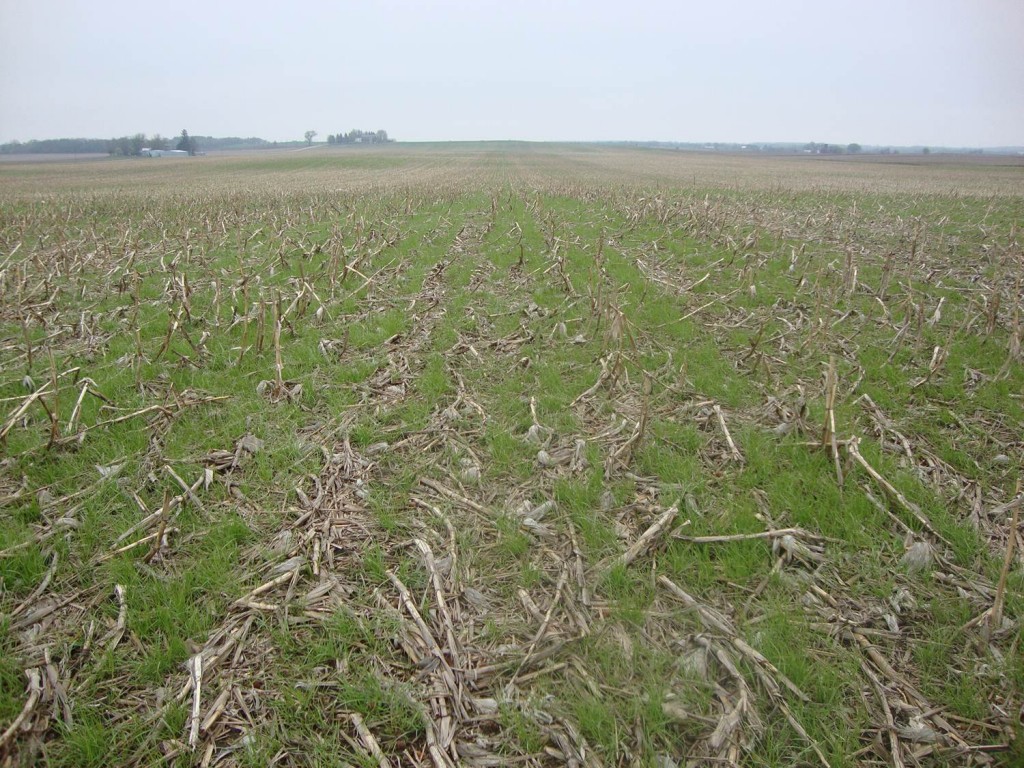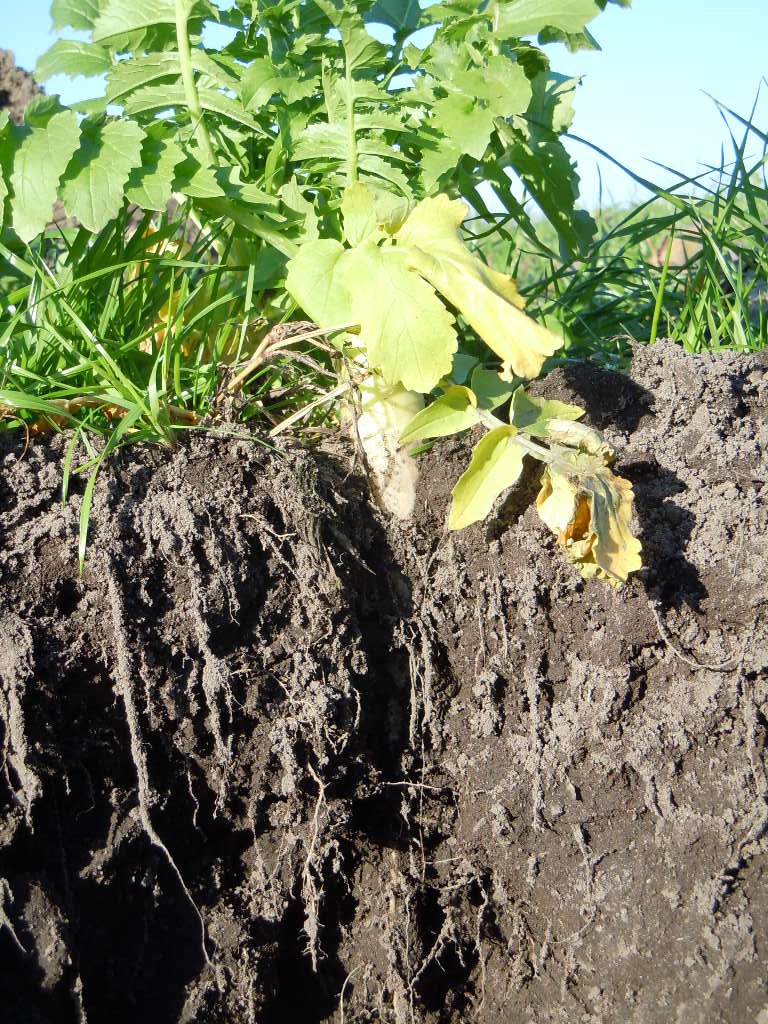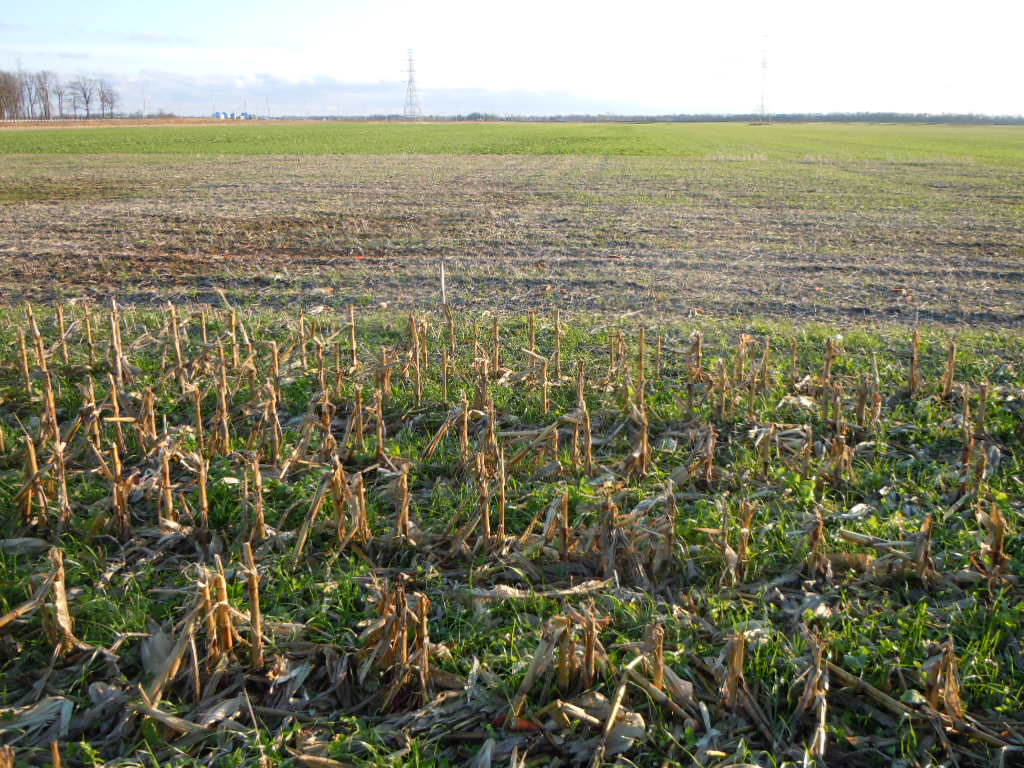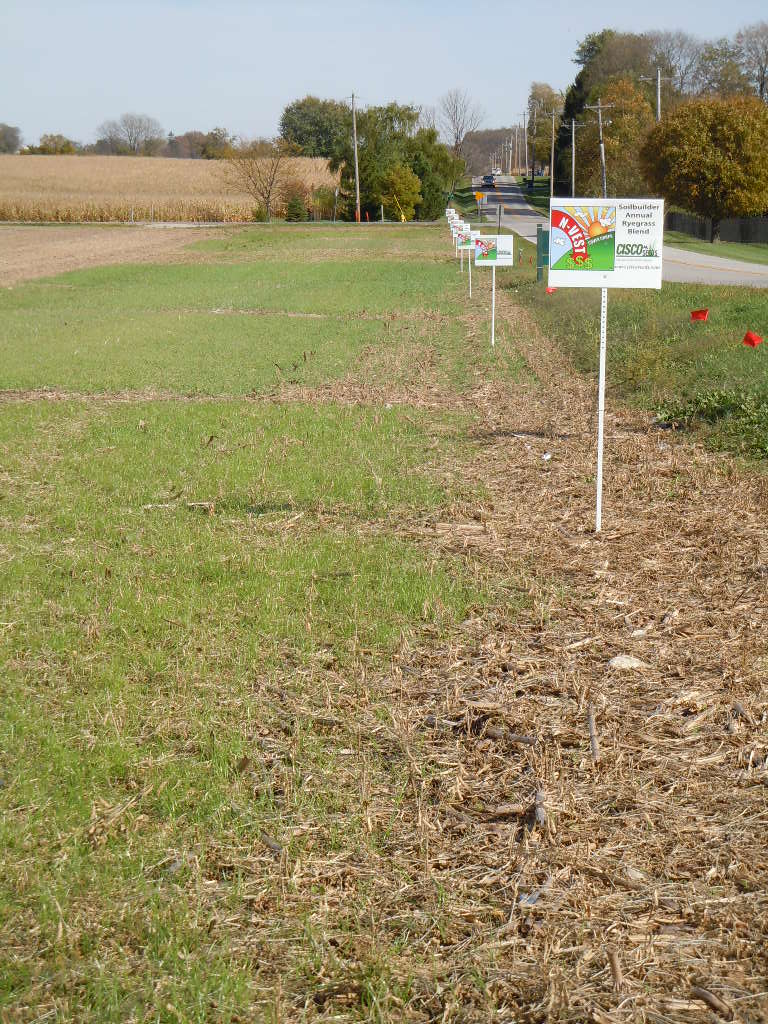Cover Cropping North of I-80 After Corn & Soybeans – A Whole New World?
Sarah Carlson from Practical Farmers of Iowa reminded me that cover cropping north of I-80 is different than cover cropping in northern Indiana. She’s right. But how different is it, and why is it different? Sarah is quoted in a very good article in Corn and Soybean Digest that helps explain the differences. Several farmers […]
Cover Cropping North of I-80 After Corn & Soybeans – A Whole New World? Read More »



